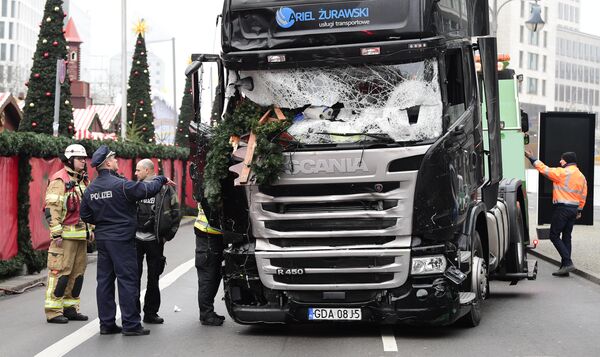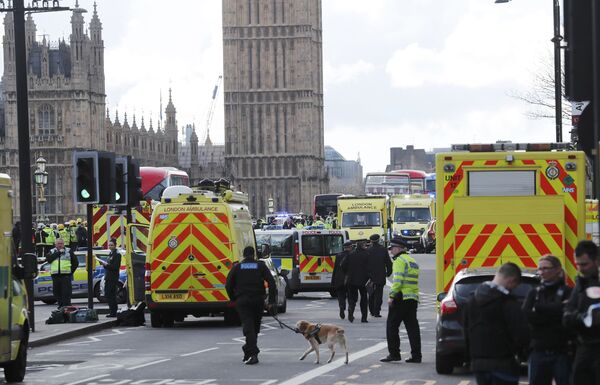Simon Chesterman, the National Police Chief's Council lead on armed policing, told reporters recently how tactics had been changed after Mohamed Lahouaiej-Bouhlel killed 86 people with a truck in France and Anis Amri mowed down 12 people at a Christmas market in Berlin.

Chesterman said previously firearms officers had been advised not to shoot at criminals when they were behind the wheel, because of fears they would lose control of their vehicles and cause greater casualties. But now they were under orders to "take out" drivers who posed a threat.
He was speaking after the London attack on March 22 when four pedestrians were killed on Westminster Bridge by Khalid Masood, 52, who then stabbed a policeman to death inside the gates of Parliament before himself being shot dead.
It is understood that police were caught by surprise by Masood's attack and did not have time to shoot him as he steered his Hyundai car into the crowd.

"The terrorists keep adapting their tactics. We have seen some horrible and different tactics lately using vehicles and lorries," Chesterman said.
"It used to be that within our policy we used to talk about not shooting a moving vehicle, that was because of the danger we might cause if we fired at a driver then clearly we might cause a real problem with the vehicle. But if the vehicle is being used as a weapon in the first place there aren't many tactics available in relation to stopping it, especially if it is a very large lorry."
"So driving a vehicle in front of it for example is not going to stop it so you need to shoot the driver."
"I'm confident that armed officers have the ability to stop a driver in a cab [of a truck] if that is the only way to stop them," he added.
Chesterman said the British government had spent US$184m (£143m) since the November 2015 Paris attacks on training up more firearms officers and to a higher standard. But he said the police had decided against arming officers with automatic weapons.
"We felt that if you had a Paris-style attack [in Britain] you will get collateral damage and they would run out of ammunition very quickly," Chesterman said.
Most British police forces are armed with the Heckler & Koch MP5SF carbine and Chesterman said that:
"A series of well-aimed shots from a single-shot carbine is better than using automatic weapons."
"We want to neutralize the threat but we don't want to endanger the public. There is no telling where the round may end up."
He said firearms officers in London have been given.556 calibre ammunition, which is capable of penetrating thick glass and vehicle bodywork.
Firearms & weapons attacks in the UK are extremely rare, but it's important to know what to do if such an incident happens #RunHideTell pic.twitter.com/nRnGqIirPk
— Terrorism Police UK (@TerrorismPolice) April 21, 2017
Chesterman also revealed that Britain would soon have 7,000 trained firearms officers, including British Transport Police, the Civil Nuclear Constabulary and the Ministry of Defence Police.
These include elite Counter Terrorism Specialist Firearms Officers who are trained to a similar standard to commandos and are able to rappel out of helicopters if needed.
But there are two black clouds hanging over the heads of police firearms officers — Jermaine Baker and Anthony Grainger.
Baker, 28, was shot dead in December 2015 by a police firearms officer as he was preparing to spring a Turkish mafia boss, Izzet Eren, from a van transporting him to Wood Green Crown Court in north London.


